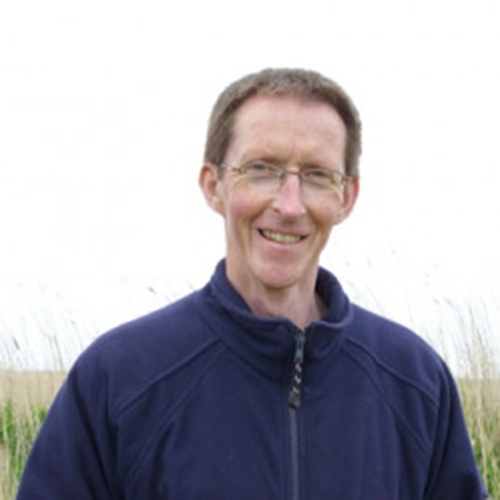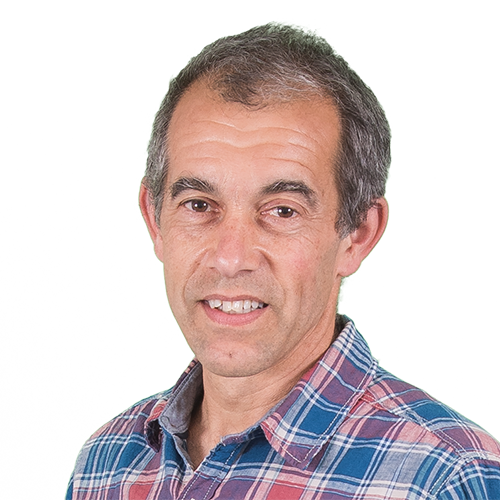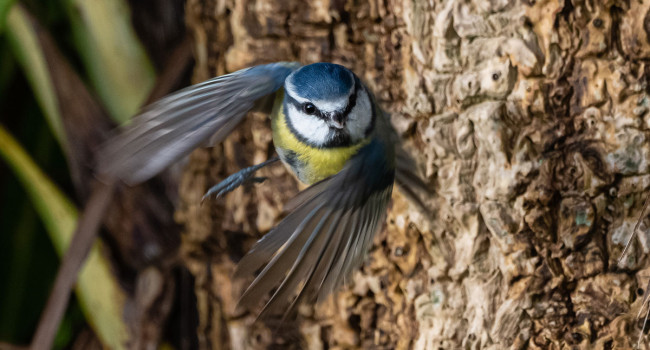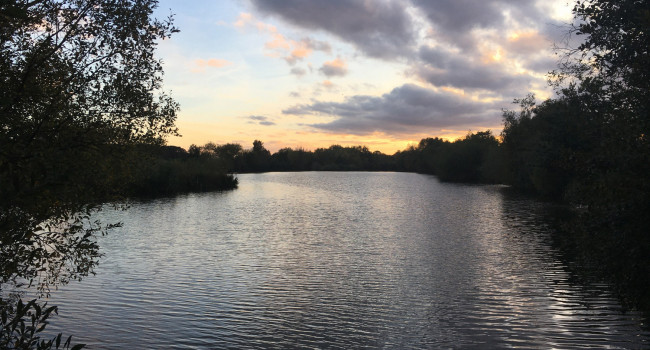Estimates of Breeding Bird Abundance and Habitat Use in Thetford Forest Park
Author(s): Conway, G. & Henderson, I.
Published: March 2009 Issue No.: 531 Pages: 52pp
ISBN: 978-1-912642-14-4
Download article 4.09 MB application/pdf
Abstract
This report presents the results from a breeding bird survey carried out in Thetford Forest Park in 2008. The main aims of this survey are to a) assess the importance of bird populations in Thetford Forest for the conservation of Birds of Conservation Concern (BoCC) (Gregory et al. 2002) and UK BAP Priority Species, b) determine breeding bird densities and species diversity within different habitat types and management regimes and c) to establish a baseline for future monitoring.
The results of this study will also be considered in conjunction with the results of a baseline bird survey, undertaken as part of a UEA-led study into the effects of deer management on bird communities and habitat structure, in 2007 and 2008, hereafter referred to as the ‘Deer Project’ (Dolman 2006, Hewson et al. in prep.). However, the Deer Project only covered three of the nine growth stages/ habitats covered but the complimentary coverage was considerable.
Thetford Forest falls within the Breckland SPA that has been designated for Stone Curlew, Nightjar and Woodlark breeding populations. However, in addition to containing large populations of these ground-nesting species that are found in the felled and ‘restock’ areas where trees are absent or have been recently planted, the forest is at least locally important for other species in later growth stages, such as Firecrest, Hobby, Goshawk and Crossbill. In addition, there is anecdotal evidence of high populations of species of conservation concern, such as: Turtle Dove, Tree Pipit, Yellowhammer, Willow Warbler, Song Thrush, Skylark, Linnet, Dunnock and Green Woodpecker. For some of these species the forest may act as a refuge and possibly contain higher densities than the surrounding agricultural land.
The main aims of this study are to determine relative densities for breeding bird species within the managed forest and identify the most important forest habitats and growth stages, based on relative density. In addition, indicative species population estimates will be calculated for Thetford Forest Park.









Share this page